“In spring hundreds of flowers, in autumn the clear moon,
In summer a cool breeze, and in winter the white snow,
if your mind is free of vanity, then every season is fine.”
Continuing our exploration of the fundamental question in this series (Part 1): Is the Eastern Wisdom of India, Tibet and Japan relevant in contemporary American Culture? … we now delve into the mystery and promise of Zen, particularly Zen in Japan …
No conversation about Japanese Zen is complete without a discussion of one of the World’s great masters, Eihei Dogen (also known as Dogen Zenji). He has been called the greatest creative thinker in Japanese history.
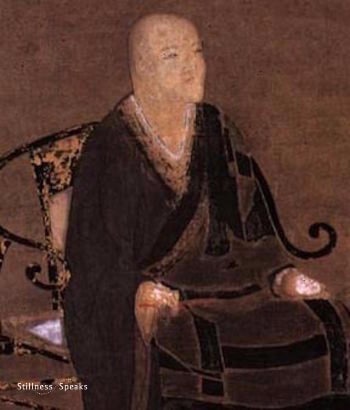 Dogen, born in 1200, introduced Zen to Japan and, later, Keizan Jokin, also known as Taiso Josai Daishi, took Dogen’s monastic practice and spread it throughout Japan, laying the foundation of Soto Zen as the formidable organization it is today.
Dogen, born in 1200, introduced Zen to Japan and, later, Keizan Jokin, also known as Taiso Josai Daishi, took Dogen’s monastic practice and spread it throughout Japan, laying the foundation of Soto Zen as the formidable organization it is today.
So, what does Dogen, born more than 800 years ago have to do with contemporary self inquiry?
In a word: everything.
Why Practice?
At an early age, Dogen was exposed to esoteric teachings of Buddhism including the popular understanding that our “original face,” our true nature, is awake and fully enlightened in all beings from the very beginning.
If this is so, he pondered, “Why do all Buddhas, past, present and future, seek enlightenment?” Why do we have to practice?
Dogen was pointing at the dualistic contradiction inherent between the ideal and the real. It’s an anguish experienced by many on the path.
Doesn’t this sound similar to the “There is nothing to do” and “This is it!” chant heard so often today? What is the point of the endless meditative practice and the guidance of experienced guides? How can it be contingent upon practice, concentrated effort and realization, if it’s true ?
This question so bothered Dogen, he decided to leave the Mt. Hiei Tendai temple where he had been a young monk, and move to a Rinzai temple near Kyoto instead. There, he studied under master Eisai (1141-1215) and his successor master Myozen for several years. Still dissatisfied, he finally resolved to make the arduous journey to the birthplace of Zen Buddhism, the ancient Chan (Zen) temples of China.
Dogen remembers: “I was unable to meet a true teacher or any good friends of the Way and consequently confused and evil thoughts arose. However, when I learned of eminent monks of the past, I realized that the thoughts I had been thinking were despised and hated by such people. So, I changed my way of thinking, realizing that I should think of my eminent predecessors, the great priests of China and India, rather than the monks in Japan.”
He set out on the great journey to China with his teacher Myozen, at the age of 23. After a difficult and long sea voyage, they travelled around by foot, visiting many well known monasteries, until finally Dogen settled down with Ju-Ching, (Master Tendo Nyojo).
It was then that the answer to Dogen’s deep question became clear.
Drop the Body, Drop The Mind.
During a particularly strict sesshin retreat, Ju-Ching taunted his students, loudly exclaiming: “What are you doing falling asleep? The principle of Zen is: Drop the Body! Drop the Mind!” Instantly, Dogen awoke, freed from the sole cataract blocking his clarity. The “I” opened up to its own reality.
This discovery is certainly the most important event in a student’s life. It marks the end of dependence on conceptual belief and thought and the beginning of the great unfolding – the unlimited emergence of prajnaparamita – the “Perfection of {Transcendent} Wisdom” – seeing the true nature of reality!
The Timeless Discovery
In spite of the indescribable experience, Dogen continued his daily practice for two more years, and the great unfolding continued unabated, deepening and clarifying — the fruit of his persistent welcoming of utter stillness and silence in zazen.
It was this direct realization, the experience of the evaporation of the illusion of the inside separate self, a bundle of beliefs, referred to as the “ego,” that vaporized the subtle substance of body/mind attachment. Stripped of the belief in an imaginary separate inside-self, Dogen also recognized that “the myriad of things” was just as empty. Truly, body and mind had entirely fallen away.
“To study the Buddha Way is to study the self.
To study the self is to forget the self.
To forget the self is to be actualized by myriad things.
When actualized by myriad things, your body and mind
as well as the bodies and minds of others drop away.
No trace of realization remains,
and this no-trace continues endlessly.”
~ Dogen {from Engaging Buddhism: Why It Matters to Philosophy, page 69}
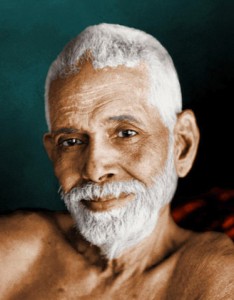 In referring to Ramana Maharshi, Swami Muktananda (who was briefly discussed in our overview of Indian Saints), summed this up well: “…(He) was beyond body-consciousness, beyond all attributes and beyond dualities.”
In referring to Ramana Maharshi, Swami Muktananda (who was briefly discussed in our overview of Indian Saints), summed this up well: “…(He) was beyond body-consciousness, beyond all attributes and beyond dualities.”
Self realization is the yearning in every earnest seeker … and regardless of the apparent “draw” to the many facets of the “ego driven life,” realization of the “Self” is paramount … there is nothing worth knowing, hearing, or seeing except “one’s true Self.”
Dogen, remained 2 more years with Eisai, before returning to Japan at the age of 28. His great desire was to spread the teaching, benefiting all mankind. Upon his return, he established the Eihei Temple, one of the two head temples of Soto Zen. He never stopped his practice. It had clearly revealed the infinite. The ever changing has no limits.
The Answer Regarding Practice
To put it bluntly, in Dogen’s own words: Practice is Enlightenment.
Take a deep breath.
Our friend, mentor, great Dogen Translator and artist, Kazuaki (Kaz) Tanahashi, explains this beautifully. Perhaps, digesting Kaz’s summary will bring this fundamental approach into focus for you:
“The “way” is a common image in many religious traditions for the process of spiritual pursuit. It often implies that a seeker is bound to toil on a long path, wandering about and overcoming numerous obstacles before arriving at the final destination. There is a huge distance between the starting point and the goal. In the context of the Mahayana or Great Vehicle teaching—a developed form of Buddhism that spread through North and East Asia—this process represents the journey a seeker, or bodhisattva, takes to become a fully awakened one, a buddha. The time span between the initial practice and the achieved goal—enlightenment—is described in scriptures as “hundreds and thousands of eons.”
We continue Dogen’s journey of realization (& Zen in Japan) in the next part … so stay tuned …
Stillness Speaks and Mountain Cloud Zen Center will co-sponsor an event on Dogen with Kaz Tanahashi, Henry Shukman (guiding teacher at Mountain Cloud), and possibly one other Zen teacher … the event is in July 2017 – more details will be posted on this website soon … so stay tuned.
To access all parts of this entire series, please click on the link below
Exploring Eastern Wisdom’s Relevance for the West: a 9-part series
Opening Quote : Verse comment on Case 19 (“Ordinary Mind is Tao”) of the Mumonkan – excerpted from The Zen Poetry of Dogen: Verses from the Mountain of Eternal Peace by Steven Heine.
Kaz Tanahashi’s quote at the end of this post, before his image: excerpted from The Fundamentals of Zen – published in Tricycle Magazine February 19, 2009
Images (edited): 1) California Dream by Jay Huang, CC BY 2.0, 2 ) Dogen by Unknown, Public Domain – PD-1923, 3) The Bell tower at Xixin Chan Temple by HUangdan2060, CCO Public Domain, 4) Mt. Fuji Early Morning, CCO Public Domain, 5) Ramana Maharshi by G. G. Welling [Public domain], via Wikimedia Commons, 6) Love the questions … by Courtney Boyd Myers,CC BY 2.0, 7) Kaz Tanahashi at Upaya Zen Center by Ottmar Liebert, CC BY-SA 2.0.

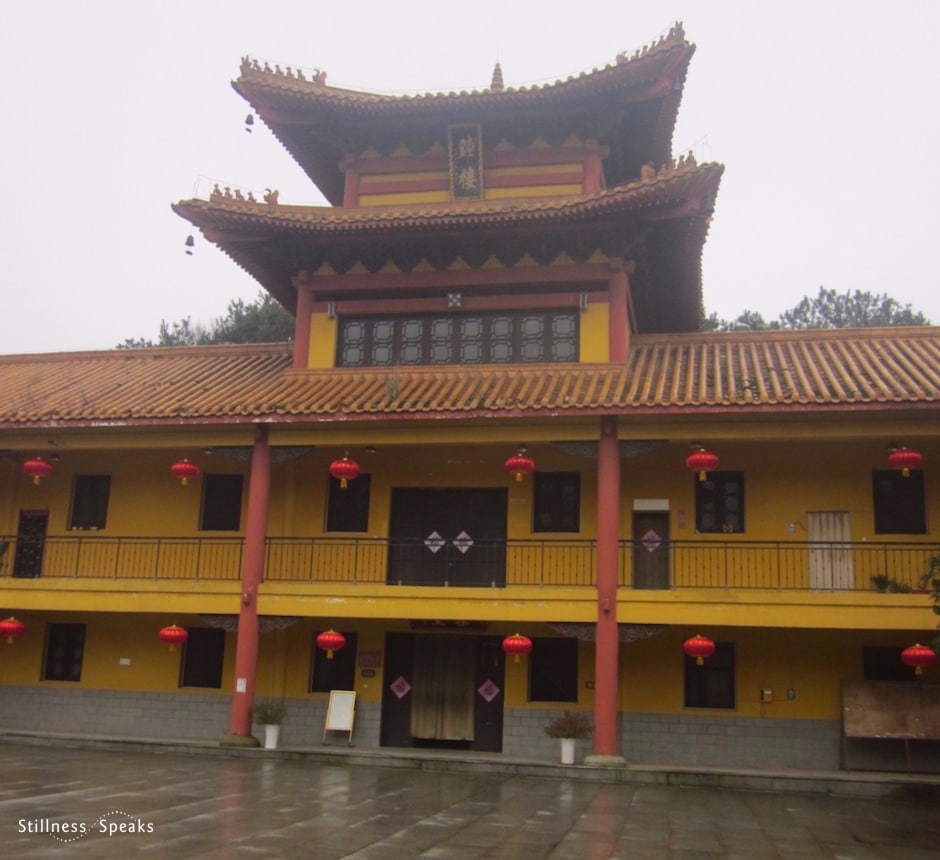
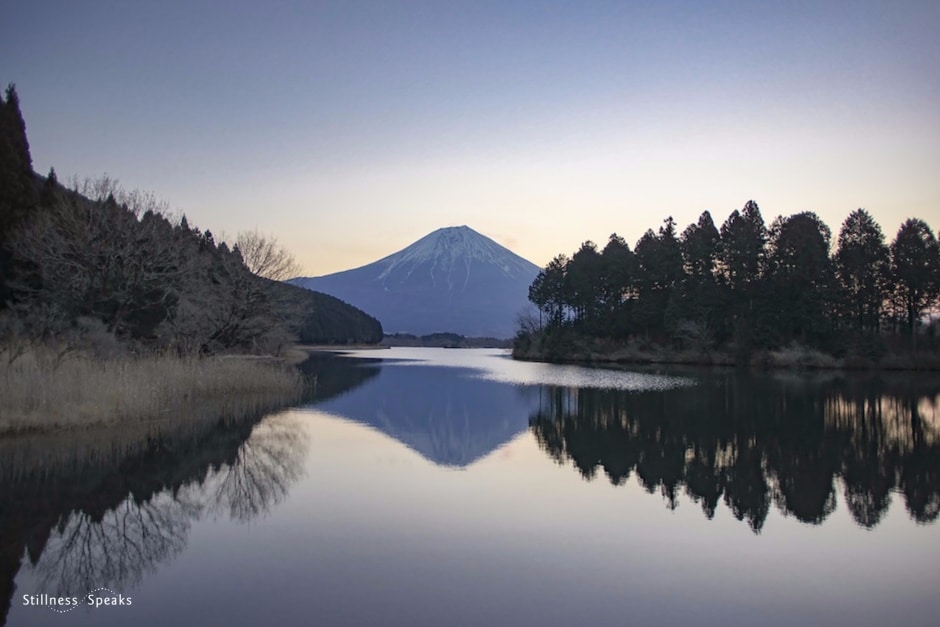

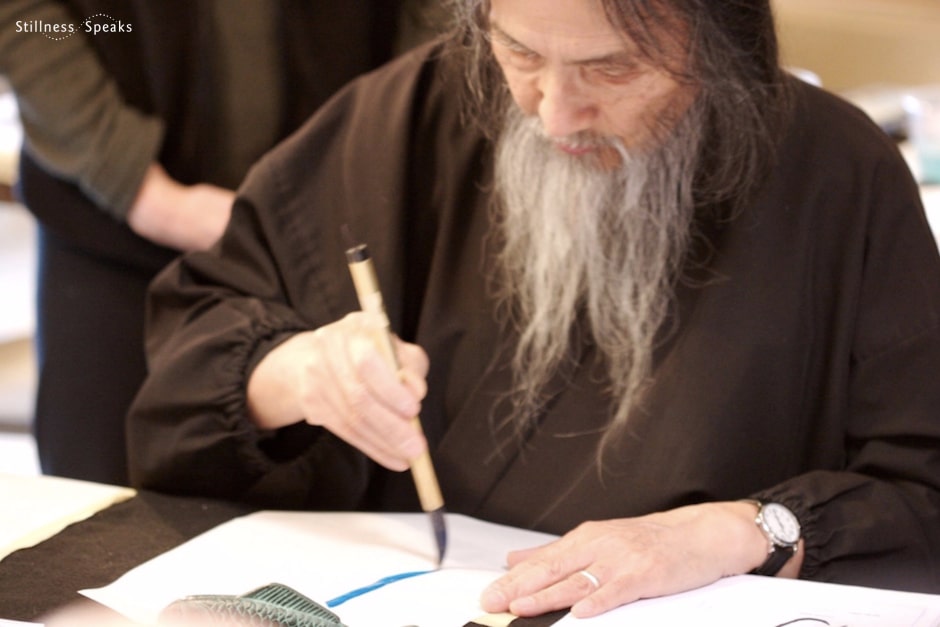

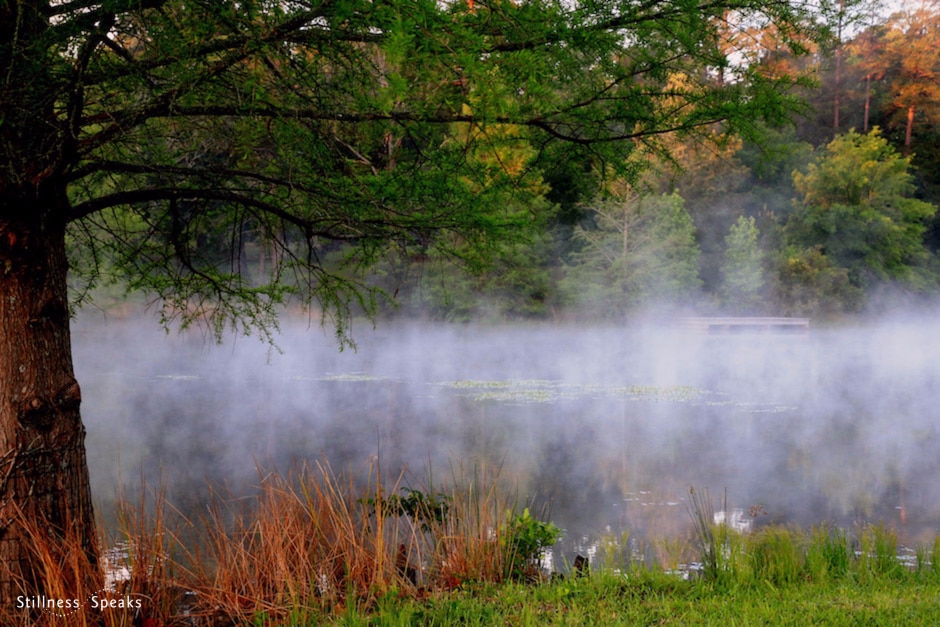
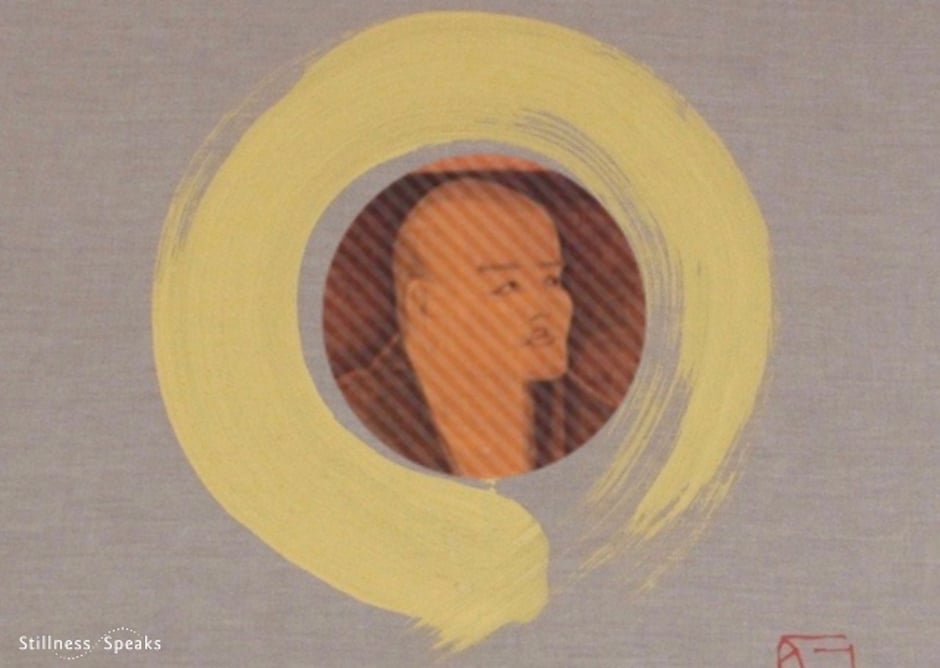
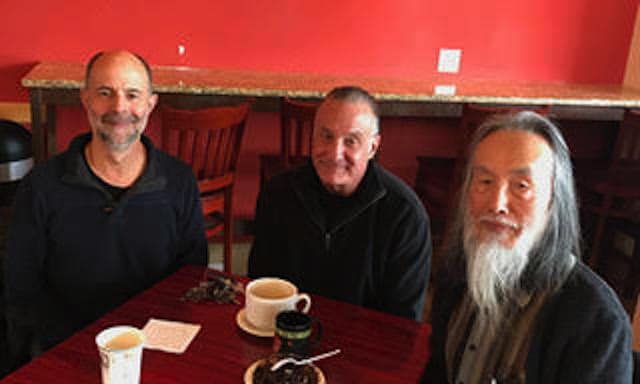


Great read!
Glad you enjoyed it Pratap.
Part 6 was published yesterday.
Thanks for dropping by.
Sanjiv